Leading World Superbike Championship riders recently got into a forthright debate about whether the series needed a minimum rider/bike weight limit – and one of MotoGP’s tallest riders is certain the debate needs to be had in grand prix racing too.
VR46 Ducati’s Luca Marini is among the tallest in the 2022 MotoGP field, and feels his height – and resultant weight – has always been a disadvantage.
He’s sure that introducing a combined minimum bike plus rider weight would help make the series fairer.
A combined weight limit is already in place in junior classes Moto2 and Moto3, where riders are weighed in full protective equipment and that weight is then added to the total weight of the bike. Any shortfall is made up in the form of lead ballast – which can actually present a performance boost of a kind by allowing teams to further tailor a bike’s centre of gravity by careful positioning of the weight.
The weight limit in the smaller-capacity classes is seen as something of a safeguarding measure, introduced in an attempt to ease the pressure on riders (many of them teenagers) to maintain as light a weight as possible, sometimes through unhealthy means – with rumours of eating disorders and drug abuse having surfaced in the past.
The issue was also discussed when Aprilia MotoGP rider Andrea Iannone received his four-year sanction for taking banned steroid clenbuterol, a drug known to aid weight loss at a time where he was talking openly about the necessity of losing weight.
The weight rules for Moto2 and Moto3 have never been applied to the premier class, something that naturally talented but taller riders including Iannone, Loris Baz, Danilo Petrucci and now Marini felt hampered with against smaller competitors.
“When I was in Moto2, my training in the gym was completely different,” Marini explained.
“I was low with my weight, as low as I could be because I am very tall.
“But it’s more difficult in MotoGP. I was over the [weight] limit in Moto2, but like 4kg, and that’s OK against another rider.
“But in MotoGP I have to be more strict with my training and my diet.
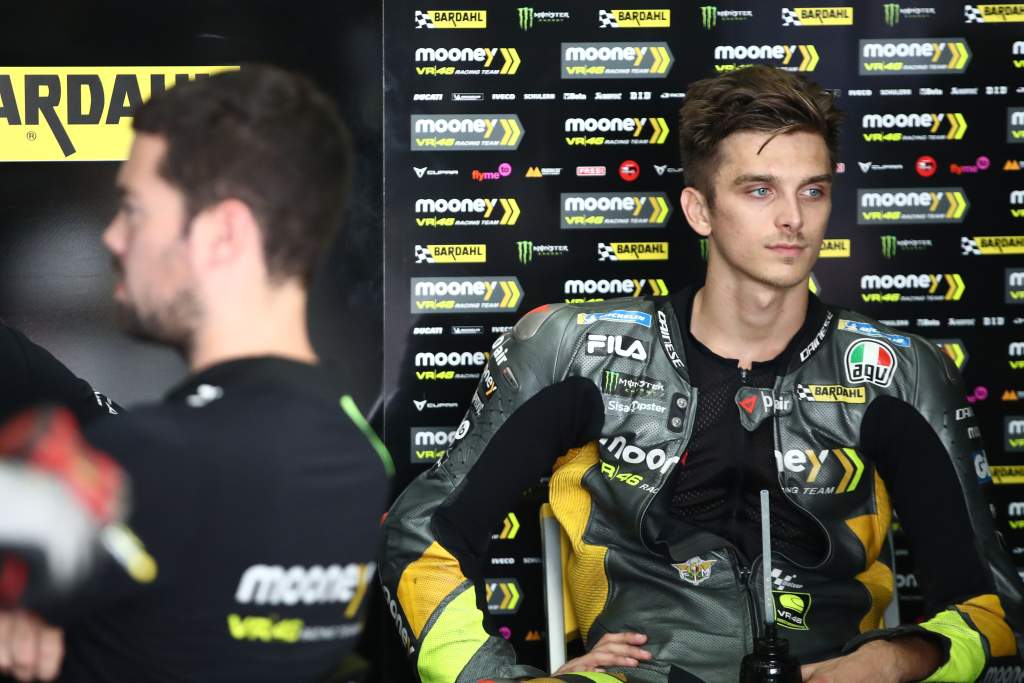
“A minimum weight would make sense a lot. It’s something that it’s impossible they haven’t brought to MotoGP before: I don’t know why.
“It’s more democratic; why should a heavy rider be penalised for something that is just his nature? It makes no sense in my opinion and I think it would be better for everyone to have a minimum weight.
“Maybe for the other riders too, because it means that they can train more, put on more muscle, and for the next season the effort would be so much more.
“The smallest rider will always have an advantage.
“But manufacturers don’t want to put it [in place]. They want to keep going like this, to not have to think in which place they put the kilos if they have a small rider, because maybe this can affect the behaviour of the bike.”
The huge difference in mass between someone like Marini, who stands at 1.84 metres tall, and fellow Ducati rider Enea Bastianini (over 15 centimetres shorter), doesn’t just mean Marini has to manage his diet and training. His performance on the bike is also very different as a result.
“There are differences of 10kg between me and other Ducati riders,” he explained, “and even if we have a lot of power, this changes a lot the behaviour of the bike and how you use the tyres.
“In a lot of tracks, we feel and we analyse that I stress more the tyres, because with 10kg more you have to put more energy into the tyres to accelerate in the same way.
“You don’t lose more in acceleration, the acceleration on the data is the same, but the energy you put into the tyres is more and you have to be more careful with the rear tyre especially to not use it so much.
“I remember at the beginning of the season many races where I finished the rear tyre. We’ve had to work a lot on it to be competitive.”
The calls from Marini echo those voiced most recently in World Superbikes by another tall rider: former MotoGP racer Scott Redding.
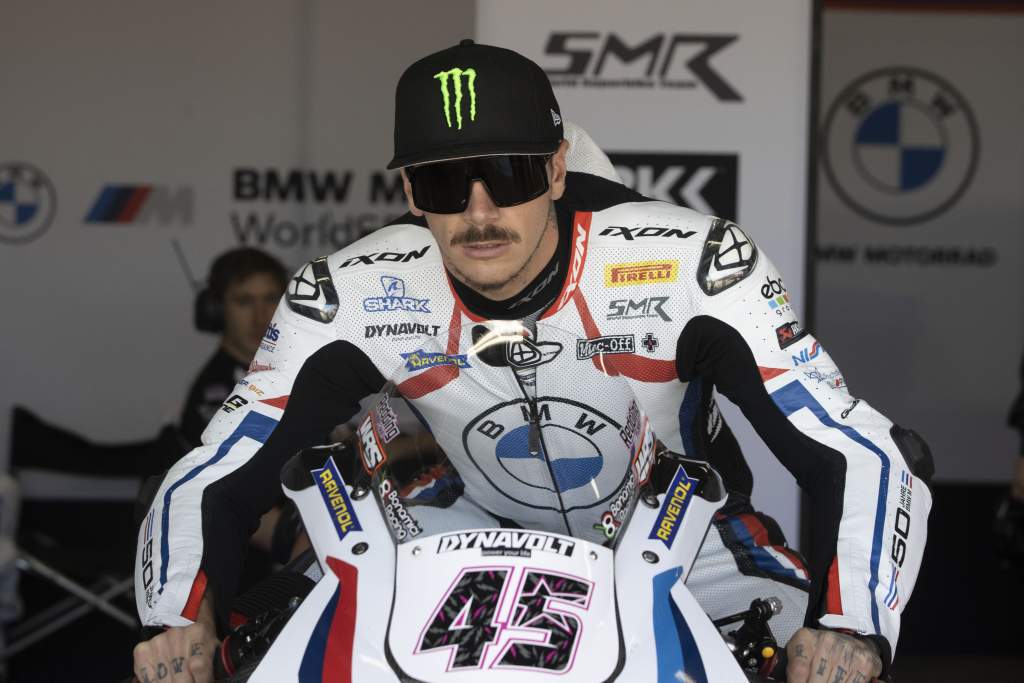
Prompted largely by the form of championship-leading Ducati racer Alvaro Bautista, Redding recently took to social media to make his case for a minimum weight – but met a stiff rebuttal from the shorter Bautista, who pointed out that he has less muscular strength to wrestle with a bike.
“[WorldSBK] has done a great job at creating some of the best motorcycle racing in the world,” said Redding, “but why is there not a rider minimum weight limit?
“I can speak on this subject as I am not a championship contender this year, those who are will not speak up about it because they get criticised by fans and social media ‘experts’.
“You will see the clear advantage that an extremely smaller rider will gain on a straight, typically 0.2-0.4s.
“This may not seem a lot to many of you but when 10 riders are covered by one second, this 0.2s on one straight is a beautiful safety net.
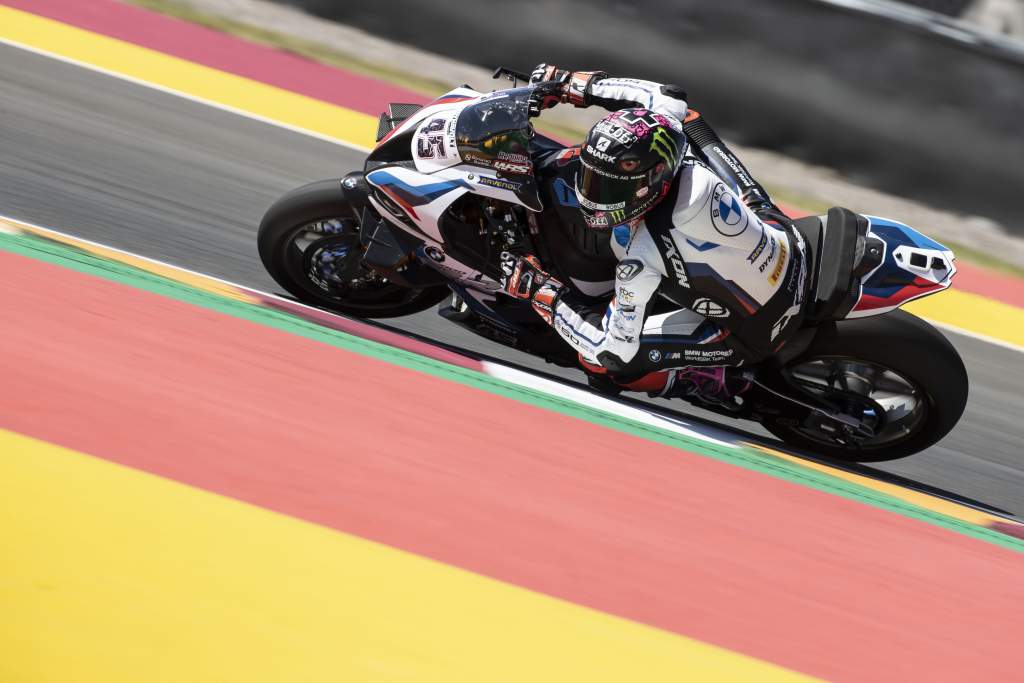
“Beside the speed gain, a lighter rider will not consume as much rubber off the tyre as a heavier rider. Therefore at the end of the race, which is most critical, the lighter rider will likely have more grip compared to his competitors, meaning more chance of winning.”
Redding’s post prompted a flurry of other riders to offer their thoughts, with some reminding Redding that size differences in other sports largely determine the make-up of the field there too (with no tall horse racing jockeys or short and muscular mountain specialists in pro cycling), and that his size has also provided him with a physical advantage for years in wet conditions, something that also applies to the likes of Baz and Petrucci.
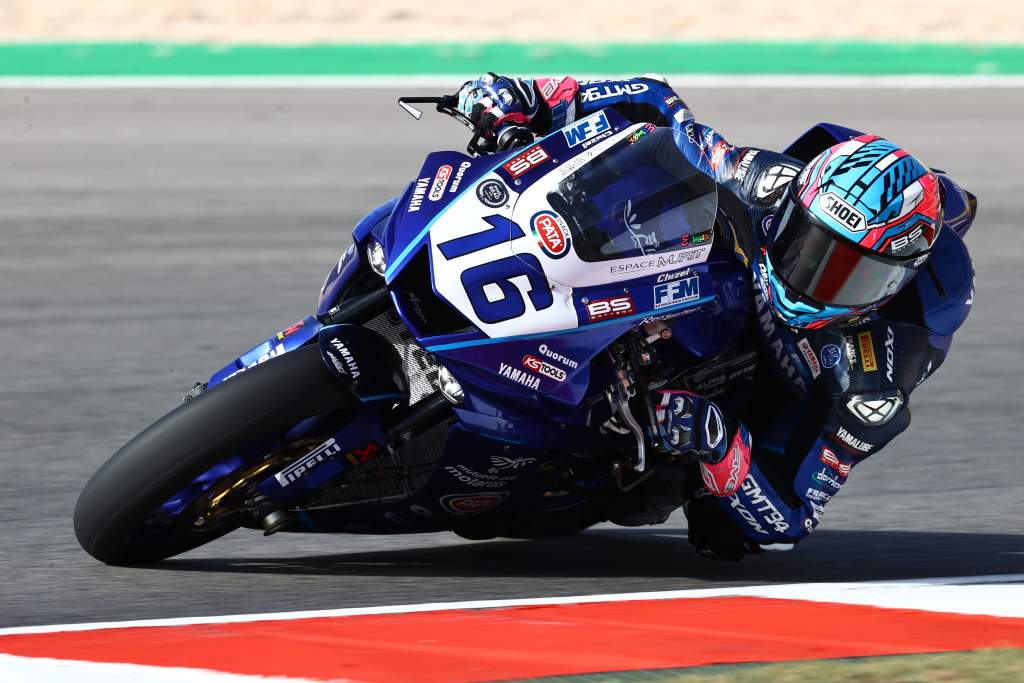
“I understand the point but I can explain my case,” added Moto2 race winner Jules Cluzel, now racing in World Supersport.
“Every sport has its own physical advantage or disadvantage; for example I could never be a pro basketballer, skier or swimmer… Or if I would have been a cyclist I could only be a good climber.
“2022 Supersport minimum weight rules gave me extra 8kg on my bike and some inside my leather. It means that our 160kg bikes are even heavier and becomes even more dangerous in case of an accident/injuries.”
And one person with plenty of knowledge of Bautista’s form is adamant weight plays no part in it.
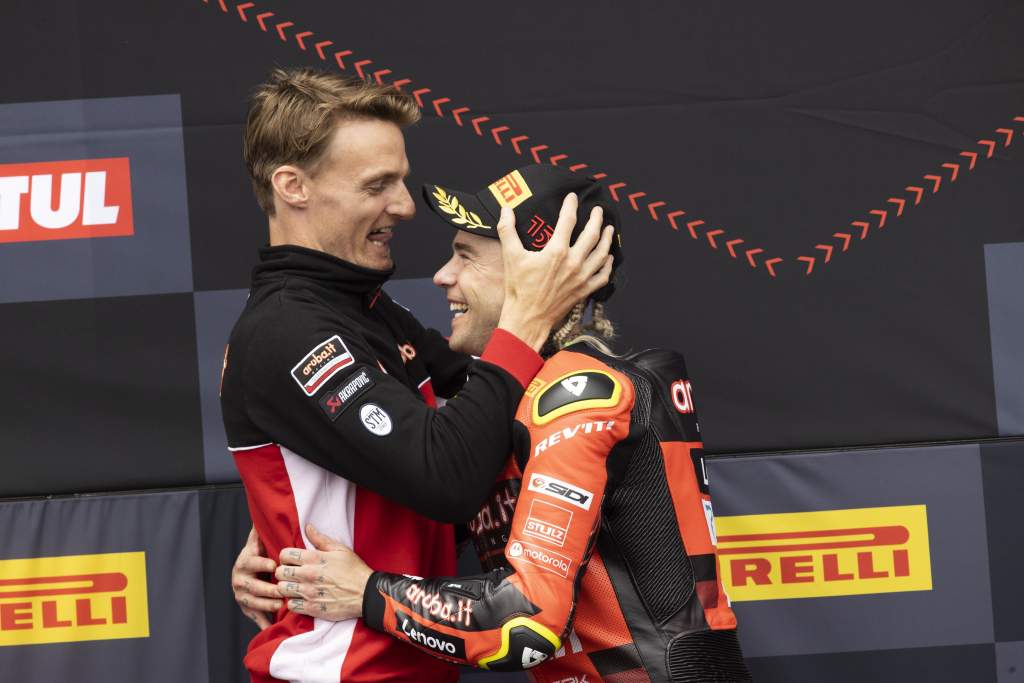
His former team-mate and current rider coach Chaz Davies said Bautista’s strong form was skewing the weight debate.
“Take Bautista out of the picture and would anyone be talking about this? No,” Davies said in response to Redding’s post.
“The other ‘light’ guys on the same bike are not able to exploit the strengths of the package to the same extent.
“There was no word of these ‘advantages’ the last two years when he was on a Honda, which isn’t exactly slow, but clearly he wasn’t able to exploit the strengths of the bike in the same way he is with Ducati.
“I get why it’s frustrating for you but while his weight and aero profile has its advantages, it’s far from the full picture of why he’s so strong.
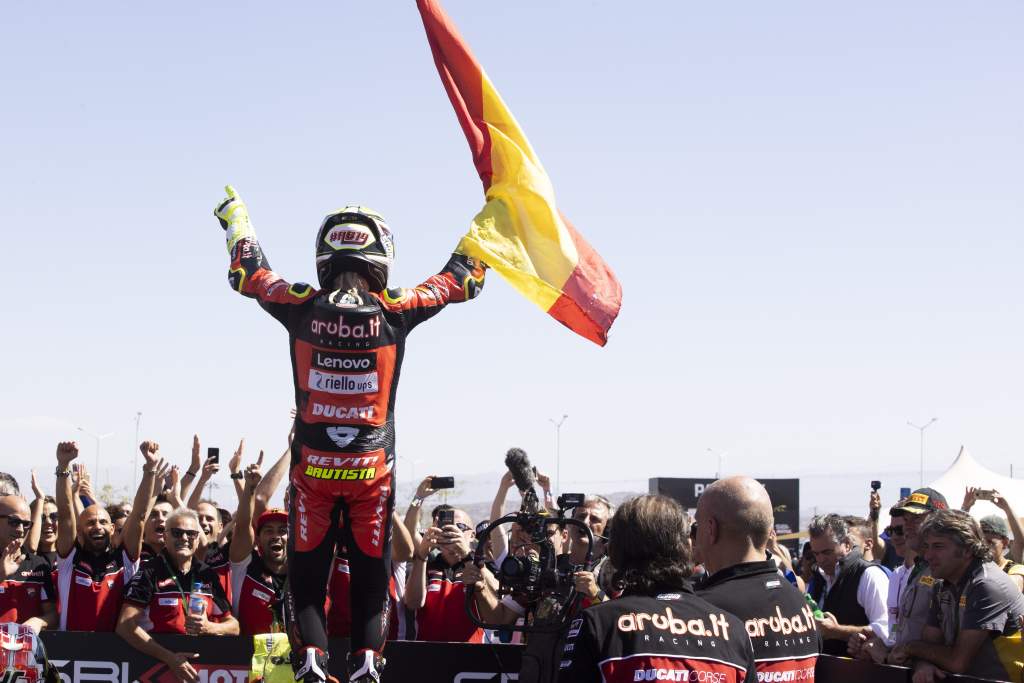
“Accept that AB, his crew and the Ducati are perfectly suited in every sense. They really are.
“I had to suck that one up in 2019 and, trust me, you’ll sleep better for it.
“It’s up to everyone else to find a way to step up, which for as long as I’ve been involved in/watching this game, it’s never been any different.
“Someone ups the game, the others sharpen their axes and come out fighting. You know how to do that better than most!
“I’ll also add for the benefit of anyone that hasn’t seen AB operate that his weight isn’t ‘by chance’.
“The lad takes care of every detail and his commitment to his job is second to none.
“As you well know, I got my ass handed to me for the first half of 2019. It would have been easy to bang the drum that his weight was the difference and play that card.
“And yes, the data showed that he got a couple of tenths in a straight line on me but more than that his advantages were gained because of the way he could maximise the strengths of the bike in every area.”







